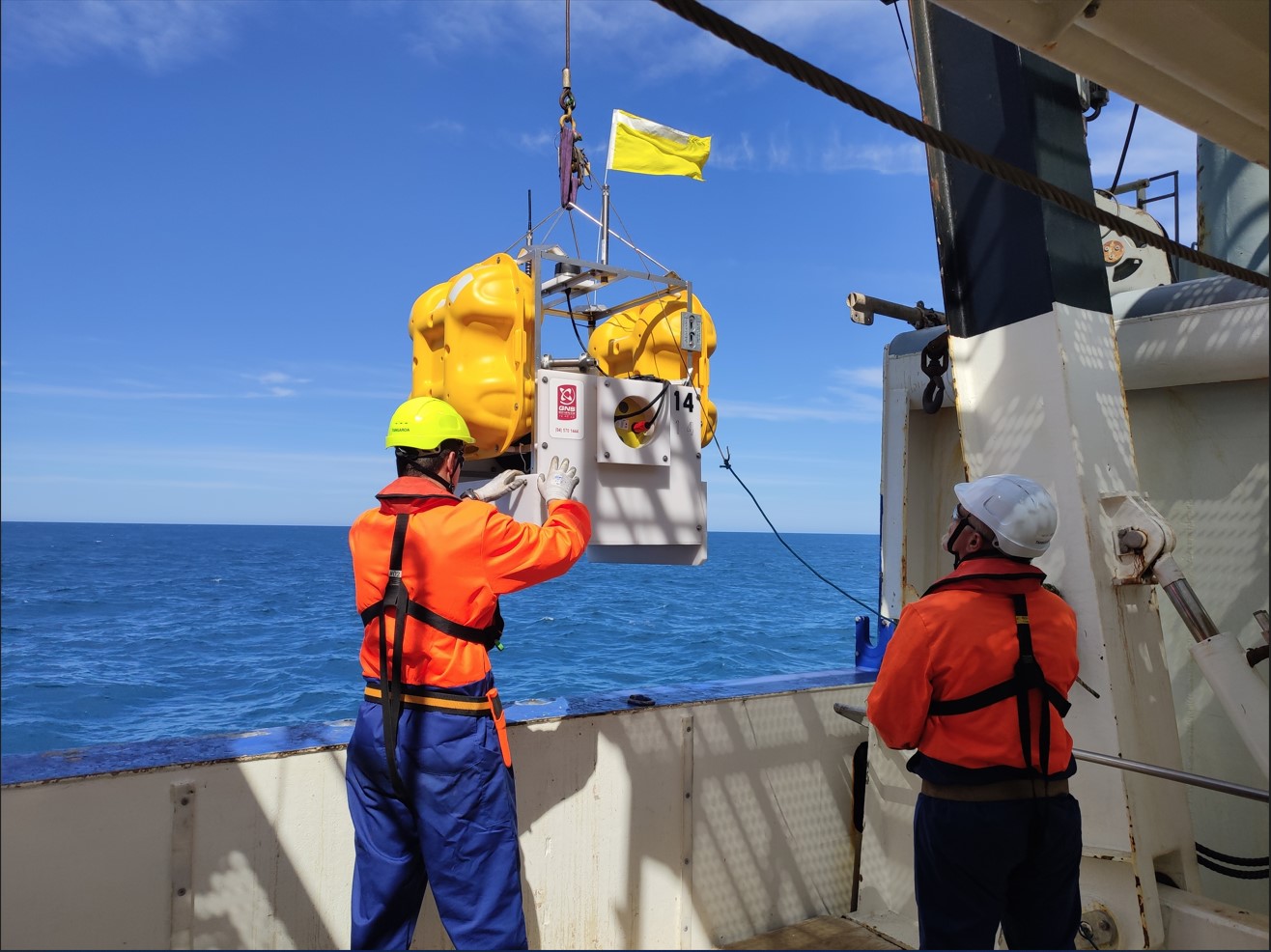
Revelle Blog #1 To sea we go
Dr. Claire McKinley is a Research Associate from the University of Washington. She is currently working and reporting on the research occurring along the Hikurangi subduction zone on board the US research vessel Revelle
We have finally departed Wellington aboard the US research vessel Revelle, on its second of three voyages studying the Hikurangi subduction zone. A subduction zone occurs where one plate dives under, or subducts below, another plate.
I am a member of an international team of scientists who have traveled to New Zealand to uncover what controls the size and occurrence of earthquakes along the Hikurangi subduction zone. I am extremely excited to have the privilege to conduct such important research in such a wonderful place.
We will specifically be studying the influence of the water stored within or between sediment and the influence of the fluid contained in sediment on the generation of earthquakes and other seismic processes.
This study has been years in the making and the packing and preparing began several months ago. We are approaching this expedition from several scientific directions in order to collect the most information as possible in five weeks.
There are several teams aboard working on several aspects of the ship operations and research. There are three crews as part of operations, one do all of the day to day tasks that keep the ship running and two specialized crews.
The first specialist crew operates the Remotely Operated Vehicle (ROV) Jason. The ROV will be used to image and sample the seafloor and deploy instruments to collect water from the sediment. The second specialist crew operates the coring system that will collect sediment from the seafloor.
There are also three groups of scientists who will be working together to survey and map the areas we sample, analyze the geochemical properties of the sediment and fluids, measure the heat flow through the sediment, and sample and analyse biology on the seafloor.
Scientists arrived in New Zealand as early as the start of the year to prepare instruments. The start of a research expedition involves getting unpacked and organized quickly but it is also a little like the first few days of school. Most people do not know each other well yet, and there are opportunities for new friendships and new collaborations everywhere. I personally greatly enjoyed my time in Wellington before departing.
Back to Slow-Slip Earthquakes and Fluid Flow at the Hikurangi Subduction zone
Disclaimers and Copyright
While every endeavour has been taken by the East Coast Lab Hikurangi Subduction Zone M9 to ensure that the information on this website is
accurate and up to date, East Coast Lab Hikurangi Subduction Zone M9 shall not be liable for any loss suffered through the use, directly or indirectly, of information on this website. Information contained has been assembled in good faith.
Some of the information available in this site is from the New Zealand Public domain and supplied by relevant
government agencies. East Coast Lab Hikurangi Subduction Zone M9 cannot accept any liability for its accuracy or content.
Portions of the information and material on this site, including data, pages, documents, online
graphics and images are protected by copyright, unless specifically notified to the contrary. Externally sourced
information or material is copyright to the respective provider.
© East Coast Lab Hikurangi Subduction Zone M9 - www.eastcoastlab.org.nz / +64 6 835 9200 / info@eastcoastlab.org.nz
